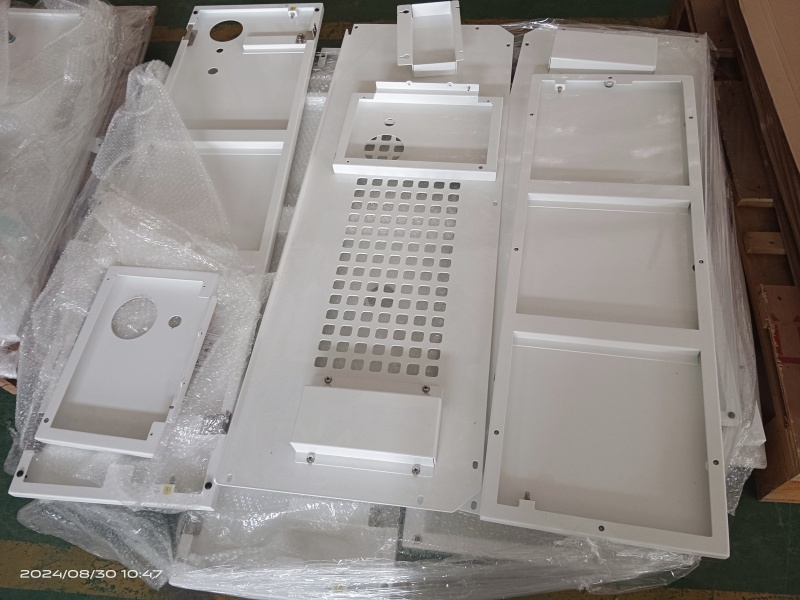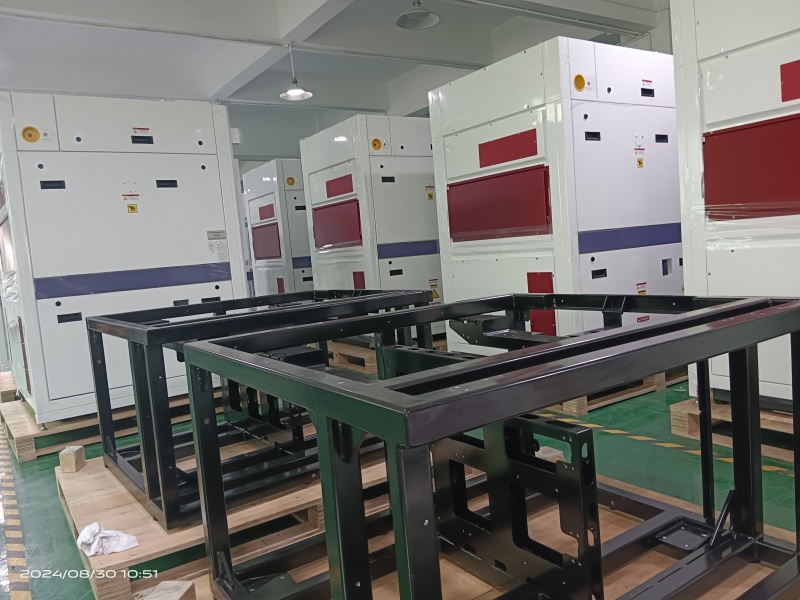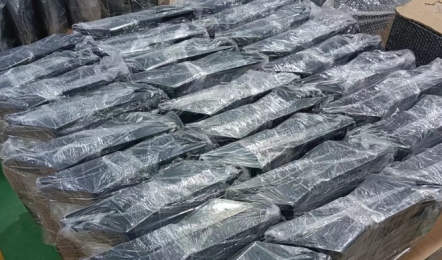Welding sheet metal requires special attention due to its thinness, which makes it more prone to warping, burn-through, and distortion. Below are key guidelines for welding sheet metal effectively:
1. Select the Right Welding Process
TIG Welding (Gas Tungsten Arc Welding - GTAW): Ideal for thin sheet metal, offering excellent control over the heat input, resulting in cleaner welds.MIG Welding (Gas Metal Arc Welding - GMAW): A common choice for sheet metal welding, especially when speed is a concern. Use a smaller diameter wire to reduce heat input.
Spot Welding: Commonly used in automotive applications, spot welding can quickly join sheet metal without the need for filler material.
2. Use the Correct Filler Material
Select filler material that matches the base metal to ensure compatibility. The filler rod or wire should be of the same or similar alloy as the metal being welded.
3. Minimize Heat Input
Short Beads: Weld in short sections (e.g., 1 inch at a time) to prevent excessive heat buildup.
Low Current/Voltage Settings: Set your welder to the lowest possible current/voltage that still allows for adequate penetration.
Use Pulsing: If your welder has a pulse mode, it can help reduce heat input by pulsing the arc on and off, giving the material time to cool.
4. Prevent Warping
Stagger the Welds: Avoid welding continuously along long seams. Instead, alternate weld locations to distribute heat evenly.
Clamping and Fixturing: Secure the metal in place using clamps or fixtures to help prevent distortion as it heats and cools.
Backstepping Technique: Begin at one end of the joint, make a short weld, then start the next weld slightly ahead of where you ended the previous one, working backward.
5. Prepare the Metal
Clean the Surface: Remove any rust, oil, paint, or other contaminants from the surface to avoid defects in the weld.
Fit-up Tolerance: Ensure a proper fit-up to avoid excessive gaps, which can lead to burn-through or weak welds. Sheet metal often requires precise alignment.
6. Use Shielding Gas Correctly
Argon: For TIG welding, pure argon is the most commonly used shielding gas for sheet metal. For MIG welding, a mixture of argon and carbon dioxide (usually 75% argon, 25% CO₂) is typically used.
Ensure proper gas flow to shield the weld pool from contamination and oxidation.
7. Control Burn-Through
Avoid excessive heat or dwell time in one spot, which can cause burn-through. If you're welding particularly thin metal (e.g., 22-gauge or thinner), be very mindful of heat management.
8. Test the Welds
After welding, inspect the joints for any visible defects like cracks, porosity, or incomplete fusion. Perform any necessary tests (e.g., bend test) to ensure the weld's structural integrity.
By following these guidelines, you can successfully weld sheet metal while minimizing the risk of warping or burn-through and ensuring a strong, reliable weld.
Click sheet metal fabrication company china or china sheet metal forming manufacturers to learn more about sheet metal fabrication services.
For all your electrical enclosures from China, contact china sheet metal fabrication factory JIATONG now.
From Sheet Metal Fabrication Companies in China, china sheet metal fabrication manufacturers, china sheet metal fabrication companies - JIATONG







